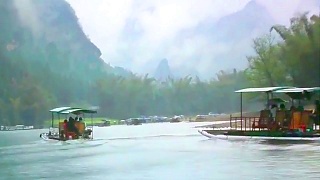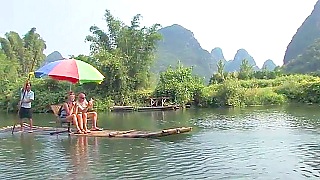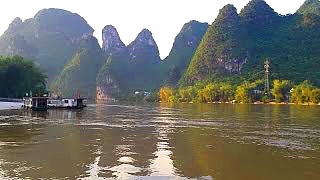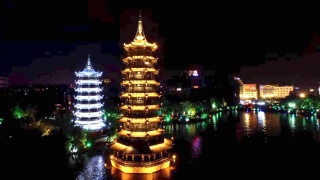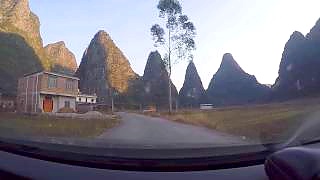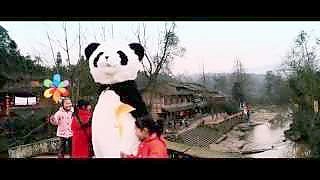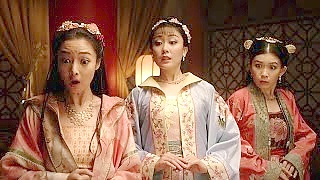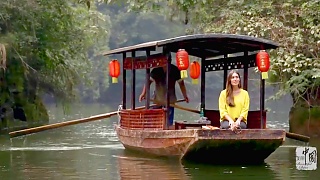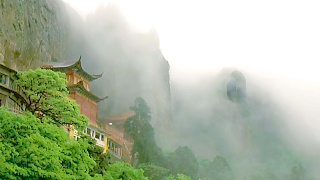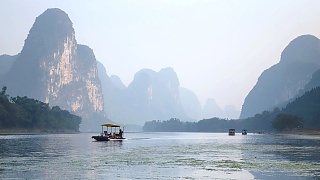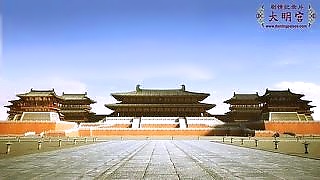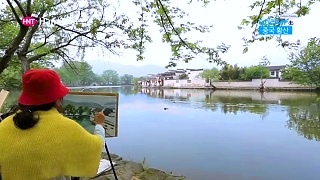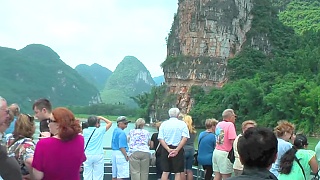Grab some popcorn and enjoy a night-in at the BeiJingBuzzz cinema.
New love, love perturbed, love re-found, love passed ...
'Fate ?'
《天目湖漫生活》 远离喧嚣 追寻宁静 世外桃园 浪漫生活 风景片
'Love More'
Bii 畢書盡 《LOVEMORE CuBii 愛神降臨》 微電影全球首播
《连云港渔湾》微电影 山上的特别美丽魅力风景(爱情)
[320],shadow=true,start=,stop='Let's Get Married' (2015)
Title song by Jane Zhang
張靚穎 《咱們結婚吧》 電影版主題曲《終於等到你》 (短版 MV)
[320],shadow=true,start=,stop=We cannot decide all that happens in life, but we can control how we react. Love is there, if we are ready and open the door.
Love is not hard to find (to be); but it is easy to lose.
In the end, what we get counts for nothing; it is what we give (leave behind) that matters - and every moment leaves a ripple in the ocean of life.
Sneakers are fine; but the bare-foot memories will be most chrished.
Love doesn't just flow to the naturally beautiful; it is those with love in their hearts who shine ; it is love that creates beauty.

 ‘A chance meeting in GuiLin 桂林’ – and more micro movies 微电影
‘A chance meeting in GuiLin 桂林’ – and more micro movies 微电影

